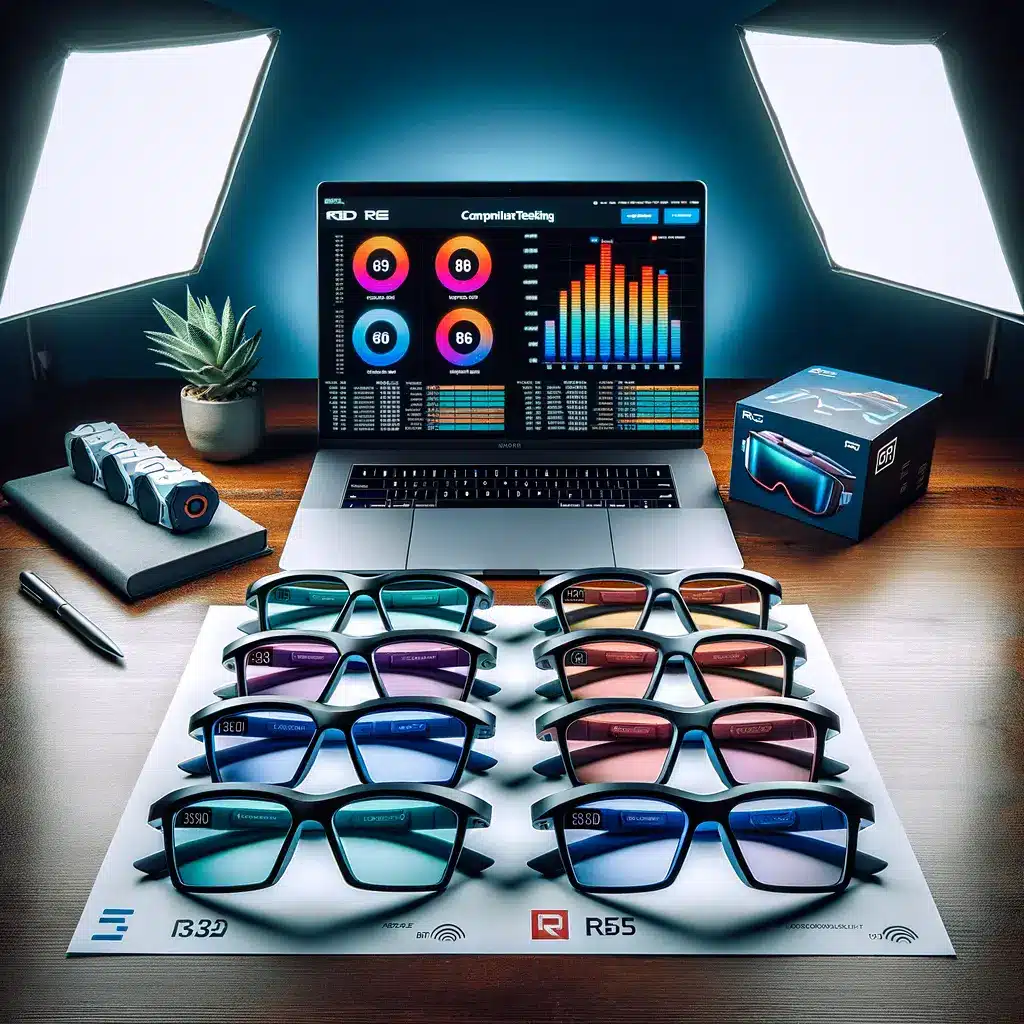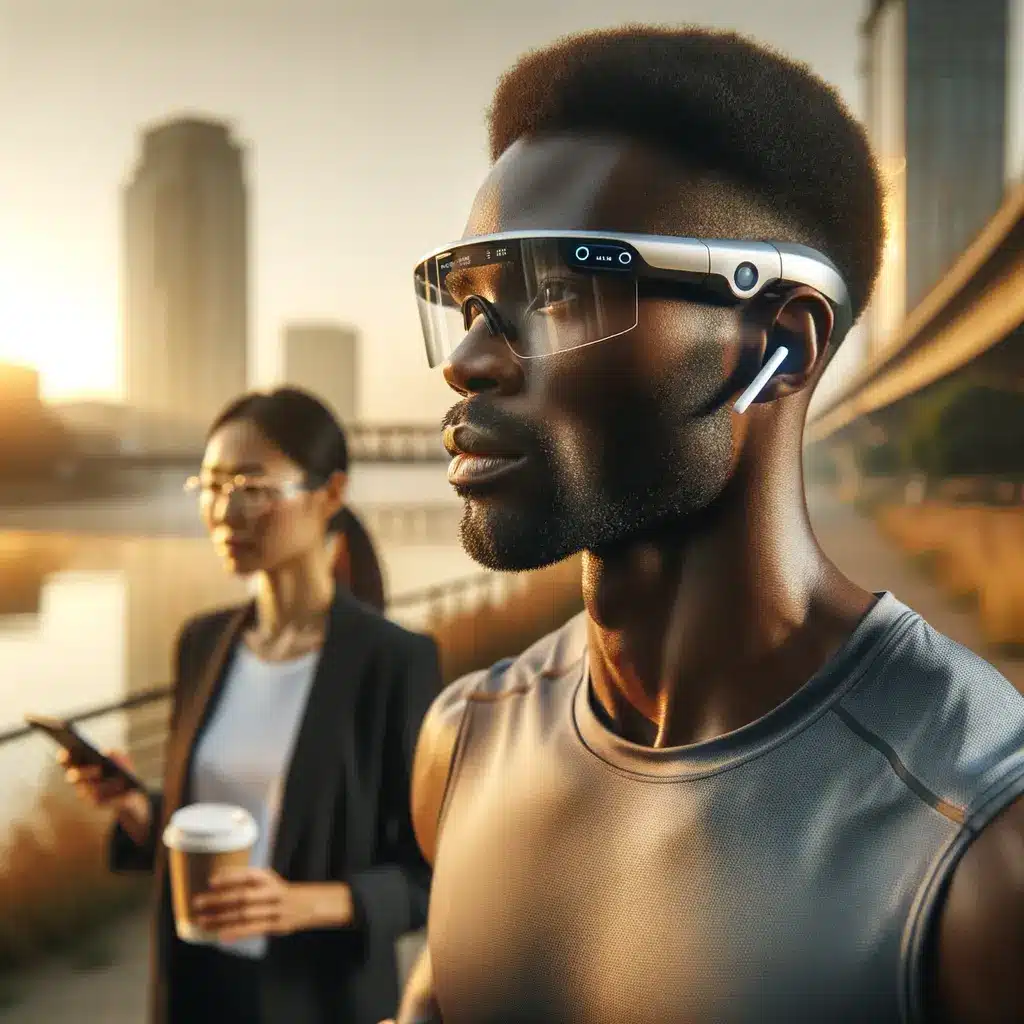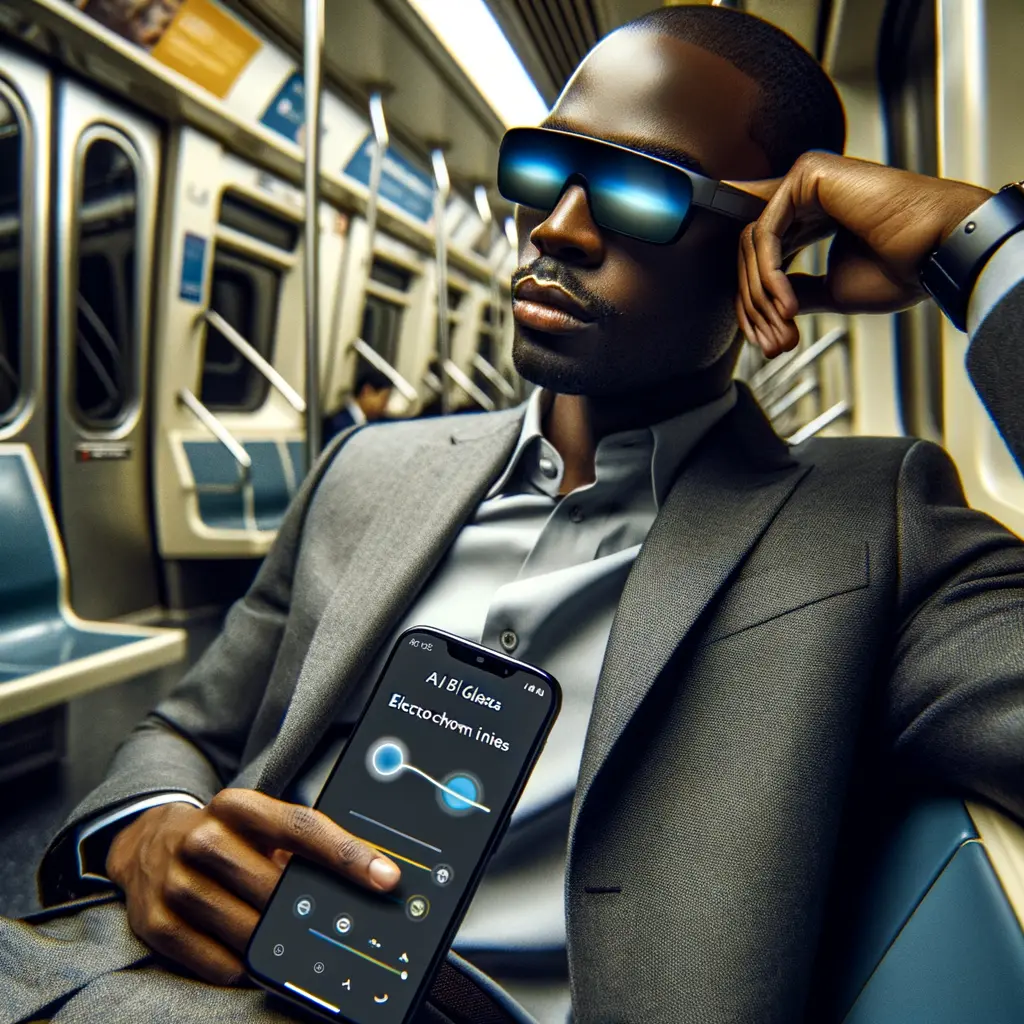AI Smart Glasses in 2025: Why the Hype Matters
AI smart glasses are no longer a futuristic fantasy—they are quickly becoming the must-have gadget for professionals, creators, and everyday tech fans. In 2025 the marketplace has exploded with options that combine advanced processors, crisp micro-OLED displays, and cloud-based intelligence into frames that weigh less than most sunglasses. The shift from simple camera shades to full wearable computers mirrors the jump from feature phones to smartphones a decade ago.
At the heart of this revolution is the promise of truly hands-free computing. Imagine receiving turn-by-turn navigation, responding to messages, and translating a foreign sign—without ever pulling out your phone. AI smart glasses accomplish this by fusing computer-vision sensors with large language models capable of contextual understanding. For remote workers, that means virtual monitors floating in your field of view. For athletes, it means real-time coaching cues. And for content creators, it means stable 3K or 4K first-person footage instantly ready for social media.
Analysts at Counterpoint Research estimate the global market for augmented reality glasses will surpass 21 million units by 2027, with compound annual growth topping 45 %. Far from niche playthings, AI smart glasses are poised to become a mainstream category—much like smartwatches did after 2015. Throughout this guide we will break down the six best models you can buy in 2025, highlight their stand-out specs, and help you decide which pair of AI smart glasses deserves a spot on your face.

How We Ranked the Top 6 AR Glasses for 2025
With dozens of AR glasses 2025 announcements crowding the headlines, setting clear ranking criteria is critical. Our evaluation began with core performance: display quality, processing power, and the responsiveness of the onboard AI assistant. A pair that can’t deliver lag-free overlays or conversational replies in under five seconds was docked points. Next, we weighed comfort and ergonomics. No matter how advanced the tech, 80-gram frames that pinch the bridge of your nose will collect dust in a drawer. Battery life also mattered; the best smart eyewear needs to last at least a full workday or adventure.
We further examined camera and audio implementations. Content creators demand stabilized 2K–3K video and clear, open-ear speakers for vlogging or video calls. Security features—such as on-device processing to protect sensitive data—were added bonuses. Pricing rounded out our scoring rubric. While AI smart glasses remain premium devices, several brands hit attractive sub-$500 price points without stripping essential functionality.
Finally, we considered real-world versatility: could the glasses switch seamlessly from a morning run to a Zoom presentation and then to Netflix on a plane? The six models that follow earned top marks across these categories, outshining more than fifteen contenders we tested. If you want more detail on our lab tests, see our deep dive on display latency benchmarks and our beginner’s guide to choosing augmented reality glasses for productivity. Let’s dive into the leaders of wearable AI technology.

Oakley Meta & Even G1: Style Meets High-Performance AI
Kicking off the list is the Oakley Meta collaboration, a marriage of sports-grade durability and Meta’s conversational assistant. These AI smart glasses sport IPX4 water resistance, 3K 30 fps video capture, and open-ear acoustics tuned for outdoor environments. Oakley’s Prizm lenses maintain their celebrated color contrast, while Meta AI offers voice-only Instagram posting, workout stats, and music controls. Eight hours of mixed use means you can cycle a century ride and still take calls at the café afterward.
Close behind, the prescription-ready Even G1 embraces a more minimalist rectangular frame. What sets it apart is a dual micro-OLED waveguide rated at 1,000 nits, making HUD elements readable even in direct sunlight. The on-board HOS display engine refreshes at 120 Hz, eliminating motion blur when you glance around. AI queries return in as little as three seconds, whether you need a live teleprompter during a speech or instant transcription of a conversation.
Both models check the box for fashion-forward design—a sticking point that hindered early generations of augmented reality glasses. Gamers may lean toward Even G1’s bright optics, while athletes will appreciate Oakley Meta’s rugged build. Either way, you’re getting first-class wearable AI technology under $500.
(Note: the YouTube video detailing these models is embedded below for an in-depth look.)
Xiaomi AI Glasses & VR Pro XR: Battery Life and Immersion Redefined
If all-day endurance is your priority, Xiaomi’s new AI glasses deserve attention. Tipping the scales at just 40 g, they cram a dual-chip architecture and a 12-MP ultra-wide camera into a sleek acetate frame. The Hyper XiaoAI assistant unlocks quick photo tagging, fitness prompts, and smart-home control without reaching for your handset. Most impressive is the quoted 8 hours 36 minutes of active use; competitors often tap out at the six-hour mark. Electrochromic lenses add comfort, smoothly shifting tint when you step from office lighting into blazing sunshine.
For pure cinematic thrill, look instead to the VR Pro XR. These augmented reality glasses feature twin Sony 1080p micro-OLEDs capable of 4,000-nit brightness and a buttery 120 Hz refresh rate. A virtual 135-inch screen hovers before your eyes, and built-in Harmon speakers deliver spatial audio that rivals premium over-ear headphones. The headset’s aluminum-titanium build feels reassuringly solid yet remains light enough for long movies. A neat trick is 2D-to-3D conversion—great for turning your regular streaming queue into immersive depth content.
Both models highlight how diversified the AR glasses 2025 segment has become. Xiaomi targets commuters and casual vloggers seeking marathon battery life, while VR Pro XR focuses on gamers and cinephiles craving maximum immersion. For readers exploring home theater alternatives, check our article on pairing augmented reality glasses with Bluetooth game controllers.

XREAL 1 & Rokid AR Spatial: Productivity Powerhouses
Productivity warriors will gravitate toward the XREAL 1 (formerly branded XREL 1) and Rokid AR Spatial. XREAL packs its custom X1 chip and Optic Engine 3.0 into an 84-gram chassis that still offers a 57° field of view in the Pro variant. Micro-OLED panels at 1920 × 1080 per eye make spreadsheets pop, while three-mode electrochromic dimming lets you tint lenses for outdoor meetings. Optional 12-MP clip-on cameras enable hands-free filming of whiteboard sessions—perfect for educators and trainers.
Rokid AR Spatial turns any coffee shop into a multi-monitor workstation. Fire up Yoda OS Master and you’re greeted by a 300-inch virtual desktop that recognizes simple gesture controls via the included handheld device. Under the hood, an 8 GB RAM / 128 GB storage combo keeps Android TV apps running smoothly, so you can jump from editing in Google Docs to streaming a coding tutorial on YouTube without latency. A 5,000 mAh battery fuels roughly five hours of heavy multitasking; plug in USB-C pass-through power for extended marathons.
Both pairs of AI smart glasses showcase how augmented reality is reshaping work culture. Digital nomads no longer need to hunt for dual-monitor hotel setups, and engineers can review CAD models at full scale during site visits. For additional ideas, read our post comparing external AR monitors versus wearable AI technology for mobile offices.

Buying Advice & Future Outlook for AI Smart Glasses
Choosing the right AI smart glasses comes down to use-case alignment. Athletes and lifestyle vloggers should lean toward Oakley Meta for weatherproof recording, while corporate presenters will find Even G1’s bright HUD invaluable. If you need marathon battery life, Xiaomi’s offering is hard to beat; immersive gamers and movie buffs should earmark funds for the VR Pro XR. Finally, digital nomads craving desktop-class multitasking will thrive with XREAL 1 or Rokid AR Spatial.
Expect rapid iteration over the next 18 months. Qualcomm’s Snapdragon AR2 Gen 2 chip is rumored to cut power draw by 30 %, and multiple vendors have prototypes with integrated LTE modems, freeing users from constant phone tethering. Regulatory bodies are also drafting clearer privacy guidelines, particularly around always-on cameras—watch for LED recording indicators becoming mandatory.
For now, early adopters can take comfort in robust after-sales ecosystems. Oakley and Meta promise quarterly firmware updates, while XREAL’s Nebula app marketplace already hosts over 50 productivity and entertainment titles. As prices begin creeping below $300, analysts predict AI smart glasses could eclipse smartwatch unit sales by 2028.
In short, there has never been a better time to embrace AI smart glasses. Whether you’re chasing personal records, creating viral content, or building the next unicorn from your kitchen table, the six models covered here offer a clear path into the future of wearable AI technology.







